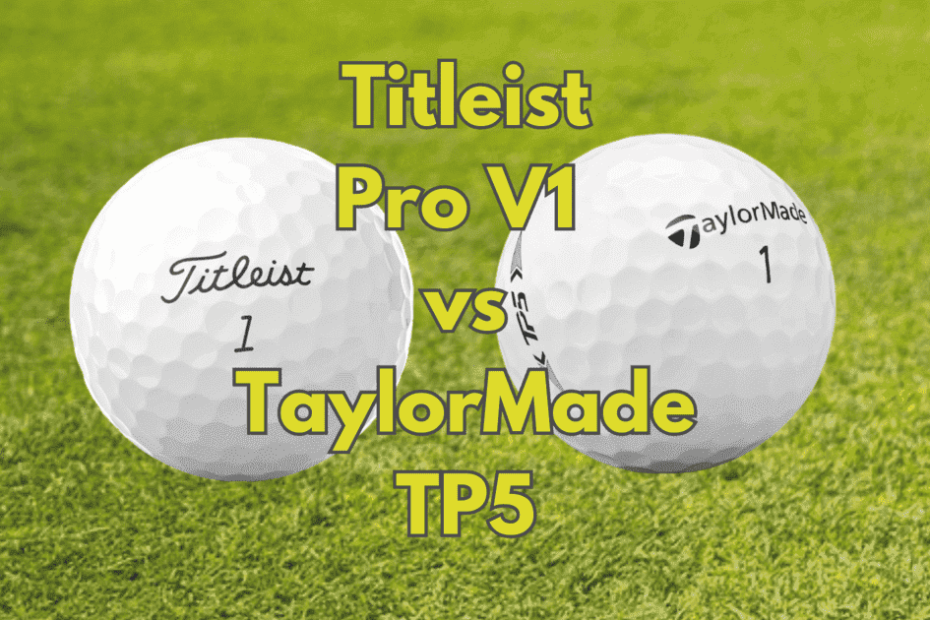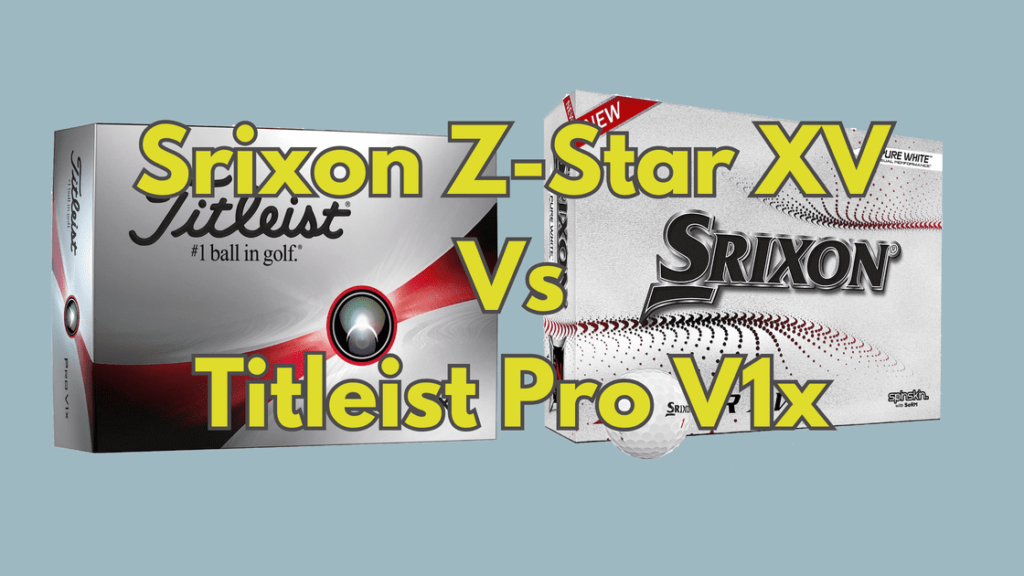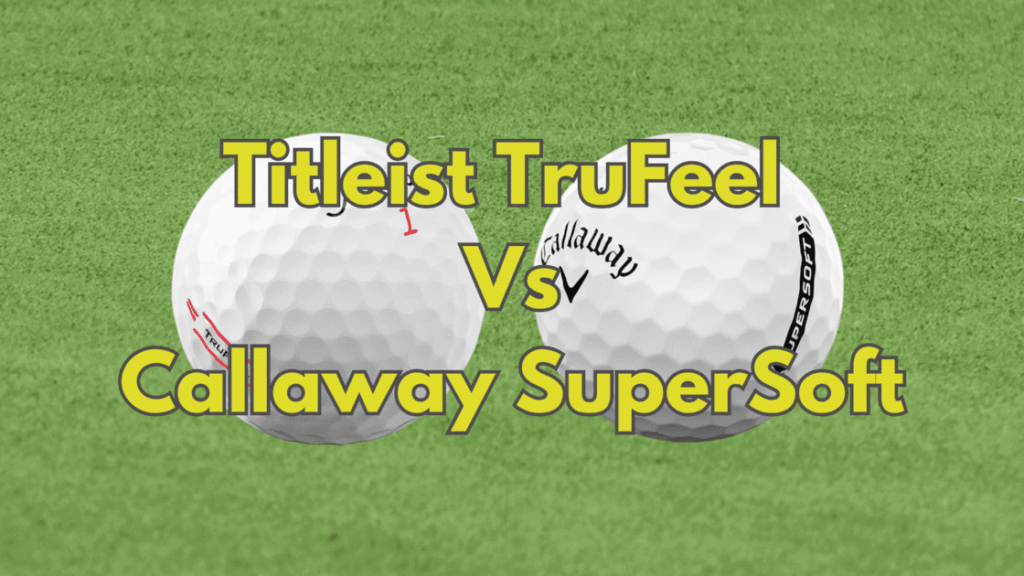The Titleist ProV1 and TaylorMade TP5 stand out as two of the most sought-after premium golf balls in the market. But how do they measure up against each other, and which one should you choose for your game? Let’s explore Titleist Pro V1 Vs TaylorMade TP5 and find the perfect fit for your playing style.
The ProV1 proudly boasts its status as the #1 ball in golf, while the TP5 is steadily carving its path and gaining momentum since its debut, making waves in the golfing world.
The ProV1 distinguishes itself with a slightly softer feel and the ability to generate more spin with irons and wedges, along with increased spin around the greens. On the other hand, the TP5 offers a slightly higher launch throughout the bag, setting it apart from its counterpart.
Titleist Pro V1 Vs TaylorMade TP5: Quick Overview
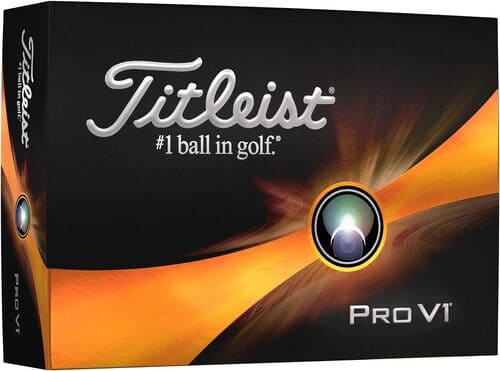 Titleist Pro V1 |
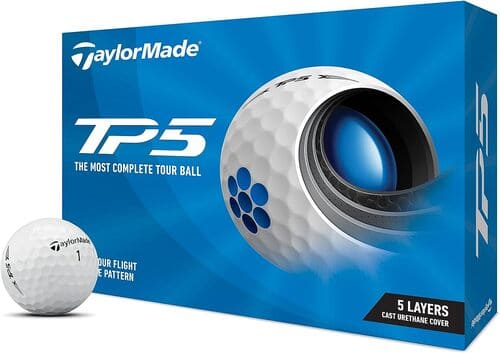 TaylorMade TP5 |
|
|---|---|---|
| Construction | 3-piece | 5-piece |
| Cover | Urethane | Urethane |
| Distance | Long | Longer |
| Flight | Mid | Mid-High |
| Driver Spin | Lower | Low |
| Short Game Spin | Very High | High |
| Wedge Launch | Low | Low |
| Feel | Very Soft | Soft |

For years, the Titleist ProV1 has set the standard for golf balls, being the benchmark against which others are judged. Notably, it reigns as the most favored golf ball on the PGA Tour.
Though PGA players receive compensation for using specific equipment, their performance remains crucial to retaining those lucrative contracts. The fact that numerous pros choose to play with ProV1 golf balls is a testament to their quality and reliability, suggesting they are indeed top-notch options.
Available in classic white or easy to see yellow.

Introduced in 2017 as the pioneering 5-layer golf ball, the TaylorMade TP5 quickly gained prominence, attracting notable golfing stars such as Dustin Johnson, Rory McIlroy, and even Tiger Woods.
In comparison to the ProV1, the TP5 maintains an overall firmer feel and is likely to generate slightly longer flights off the driver, particularly if your driver swing speed exceeds 95 mph.
Available in 4 colors and patterns.
Distance
Comparing distance as a standalone factor attributed solely to the ball itself proves challenging, as it heavily relies on the individual golfer’s unique swing. Therefore, prioritizing the discovery of a golf ball that perfectly complements your swing is of utmost importance, rather than seeking the elusive title of the “best” golf ball.
While objectively testing distance can be challenging, one effective approach to gauge the energy transfer from club to ball is through the smash factor. This factor is determined by dividing ball speed by club speed. An ideal smash factor stands at 1.5, and PGA Pros typically maintain an average of approximately 1.47 to 1.49, which serves as a reliable benchmark for performance evaluation.
Employing the same driver for both golf balls, we eliminated mis-hits to assess any notable disparity in smash factors between Titleist Pro V1 Vs TaylorMade TP5.
| Golf Ball | Smash Factor |
|---|---|
| Titelist Pro V1 | 1.436 |
| TaylorMade TP5 | 1.422 |
As you can see the results we very similar. Both being in the low 1.4’s. Obviously not as high as PGA golfers but we were quite impressed with both our performance and the balls!
Construction
While the TP5 is crafted as a 5-piece ball and the ProV1 as a 3-piece ball, they bear striking similarities from a practical perspective. Despite the apparent difference in the number of layers, both golf balls achieve comparable results, employing their distinct layering techniques to deliver exceptional performance.
Pro V1 Construction
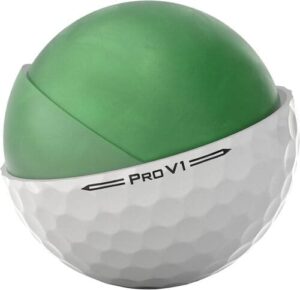
TP5 Construction
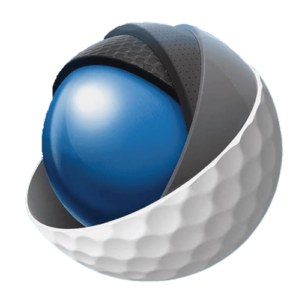
According to TaylorMade, their TP5’s 5-piece design enables peak performance for all types of shots. With progressive firmness from the cover to the core, this innovative construction allows you to activate each layer precisely based on the club you’re using or the club speed generated by each swing.
Despite being a 3-piece ball, the ProV1 employs similar design principles to achieve optimal spin and launch conditions across the entire bag.
Ball Flight Trajectory
Considering the information provided by the manufacturers, it is reasonable to anticipate that both the ProV1 and TP5 would exhibit similar ball flight trajectories off the tee.
Indeed, the variance in firmness between the Pro V1 and TP5 can lead to a slight difference in ball flight when using irons and wedges. According to TaylorMade, the TP5 is regarded as the lowest flying ball in their lineup in these specific situations. In contrast, Titleist characterizes the Pro V1’s ball flight as “mid,” providing limited information in comparison to TaylorMade’s detailed assessment.
Iron and wedge trajectory is often influenced by the softness of a golf ball. Since the Pro V1 is softer than the TP5, it is reasonable to expect slightly lower flying shots with the Pro V1 off the irons and wedges, while also likely experiencing an increase in spin. The difference in firmness between the two balls plays a significant role in shaping their performance characteristics.
In the context of playing on fast and dry greens, relying solely on spin might not be sufficient to hold greens with your long irons. To achieve better results, you’ll require a higher trajectory.
Spin
Ball choice can significantly impact the spin, which is a critical factor in ball-flight. Following testing on a Trackman, let’s examine the spin numbers for both balls…
| Club | Pro V1 | TP5 |
|---|---|---|
| Driver | 2390 rpm | 2445 rpm |
| 7 Iron | 6957 rpm | 7120 rpm |
| Wedge | 8267 rpm | 7584 rpm |
These numbers represent averages obtained from testing, with mis-hits excluded from the data.
Driver
The ideal driver spin rate hinges on your swing speed. For players with faster swing speeds, minimizing spin becomes crucial to prevent the ball from ballooning and falling short. Conversely, players with slower swing speeds require spin to maintain the ball’s trajectory and prevent it from descending too quickly.
The spin numbers off the driver exhibited considerable consistency between these two golf balls, with both hovering around 2400 rpm, considering our average driver swing speed of 98-100 mph.
The ProV1 and TP5 are tailored for golfers with driver swing speeds of 95 mph or higher. If your driver swing speed falls below that threshold, exploring some alternative options would be advisable.
Iron
When it comes to iron spin, finding the right balance is crucial, as it must cater to both distance and the ability to stop the ball on the green upon impact.
Nestled just below the cover, the golf ball’s second layer holds the key to how it reacts off iron shots. Typically, iron shots fail to compress the ball enough to awaken the core and the cover is too delicate to sway the outcome. The second layer is the secret to unlocking the ball’s performance on such shots.
Both the Pro V1 and the TP5 have very similar outcomes on iron shots. Although the TP5 generated more spin.
Short Game
Short game spin is the secret to mastering control over chips and pitches around the green. The key factor in this aspect is the softness of the cover, which significantly influences your ability to manipulate the ball during these delicate shots.
Urethane, a soft and tacky material, forms the cover of most premium golf balls, offering an excellent blend of short game spin and durability. Both the TP5 and ProV1 boast urethane covers, ensuring ample short game spin for players seeking exceptional control around the greens.
While the Pro V1 might have a slight edge over the TP5 in terms of greenside spin, the difference is negligible and hardly noticeable during regular play. Factors such as swing variance and environmental conditions, like dirt and moisture, have a more significant impact than the minute variation between the TP5 and Pro V1 in this regard.
Feel
If we are being perfectly honest, when choosing a golf ball the very last thing should consider is feel.
The truth is, what most people ascribe as “feel” is usually just what they have grown used to. You should instead focus on finding a golf ball that performs better. Then get some practice in so that you get accustomed to the feel.
However, there exists a subtle difference in feel between the Pro V1 and the TP5. The Pro V1 imparts a slightly softer sensation off the clubface, noticeable across the entire range from driver to putter.
| Image | Product | Rating | Price |
 |
TitleistPro V1 |
9.5
|
|
 |
TaylorMadeTP5 |
9.5
|
Titleist Pro V1 Vs TaylorMade TP5 – Final Thoughts
In conclusion, the battle of the golf titans between Titleist Pro V1 and TaylorMade TP5 remains fierce, with both balls offering exceptional performance and features. Golfers must consider their individual preferences and playing styles to determine which ball suits them best.
Whichever you choose, rest assured that you’ll experience a remarkable game on the greens!
